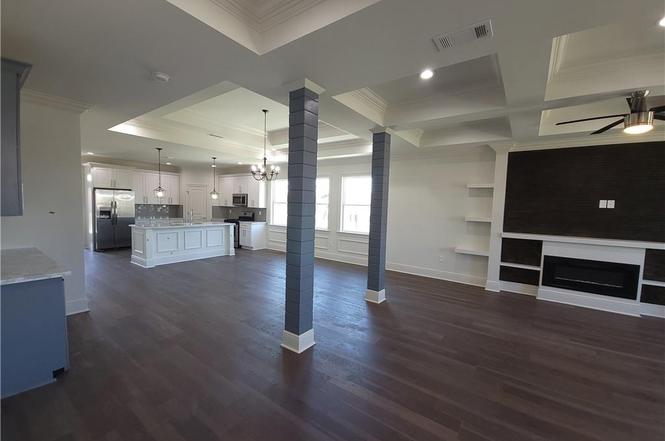

Instead, rates are based on an individual property’s risk, such as the foundation type, elevation of the home and the distance to water. This new methodology no longer uses flood maps. To address the inaccurate rates and debt, FEMA introduced Risk Rating 2.0. The problem with this model was that too many properties were inaccurately rated and the premiums were insufficient to cover flood claims, which led to massive debt for the NFIP. This methodology relied on “Flood Insurance Rate Maps” (FIRMs) to determine flood insurance costs. The pricing methodology for FEMA flood insurance has been the same since the NFIP was introduced in 1968. That’s why it’s vital to shop around and get flood insurance quotes from multiple insurers when looking for a private flood insurance policy. You may find one flood insurer charges much higher rates for the same coverage than another insurance company.

Insurance companies don’t charge the same for coverage. An insurance deductible is subtracted from an insurance company claims payout, so if your house has $50,000 worth of flood damage and you have a $2,000 deductible, the insurer will pay you $48,000 for the damage. Similar to other types of insurance policies, a flood insurance policy will have lower costs if you have a higher deductible. For instance, a private flood insurance policy that offers building coverage of $1 million will cost you more than a NFIP policy with $250,000 in building coverage. How much coverage you buy influences costs.

You’ll pay more for flood insurance if you buy both building and contents coverage compared to a building-only policy. For example, you can buy a building-only policy, contents-only policy or both from the NFIP. Your flood insurance policy coverage type influences rates. Elevating equipment such as hot water heaters and central air conditioning units above the first floor lowers the risk of damage to your machinery and equipment. Buildings with more floors spread their flood risk compared to a building with one floor. The type and use of your building will be factored into your rates. For example, masonry walls perform better in floods compared to wood frame walls, which can result in lower flood insurance rates. Insurers will also factor in the physical characteristics of your building, such as: Homes that have a higher flood risk will pay more for homes with a low flood risk.įor example, FEMA’s Risk Rating 2.0 takes into account the elevation of your home, the foundation type, first floor height and the distance to water. Here are the common factors that determine flood insurance costs: Flood riskįlood insurance costs are largely based on your property’s flood risk. Here are the five cheapest states for flood insurance:įactors that Determine Flood Insurance Cost The cheapest state for flood insurance is Florida with an average cost of $624 per year. Homes in high-risk areas cost more for flood insurance than homes with a lower flood risk. That doesn’t mean you will always pay more if you live in those states. Here are the five most expensive states for flood insurance: The most expensive state for flood insurance is Vermont with an average cost of $1,610 a year. Most Expensive States for Flood Insurance Source: Federal Emergency Management Agency It is estimated that between 85% and 95% of homeowners do not have flood insurance, according to the National Association of Insurance Commissioners.

are at risk for flooding and the ensuing financial disaster, you would think that more homeowners would have flood insurance. The average flood claim payout from the National Flood Insurance Program (NFIP) in 2019 was $52,000. But floods are often more devastating than that. Just 1 inch of water can cause $25,000 worth of damage to a home. Standard home insurance does not cover flood damage.įloods are the most common natural disaster in the United States and have impacted 99% of counties between 1996 to 2019, according to FEMA. But that assumption could be a costly mistake. Many homeowners assume their homeowners insurance covers floods. The average cost of flood insurance from the National Flood Insurance Program (NFIP) is $995 a year, according to a Forbes Advisor analysis of flood insurance rates.


 0 kommentar(er)
0 kommentar(er)
